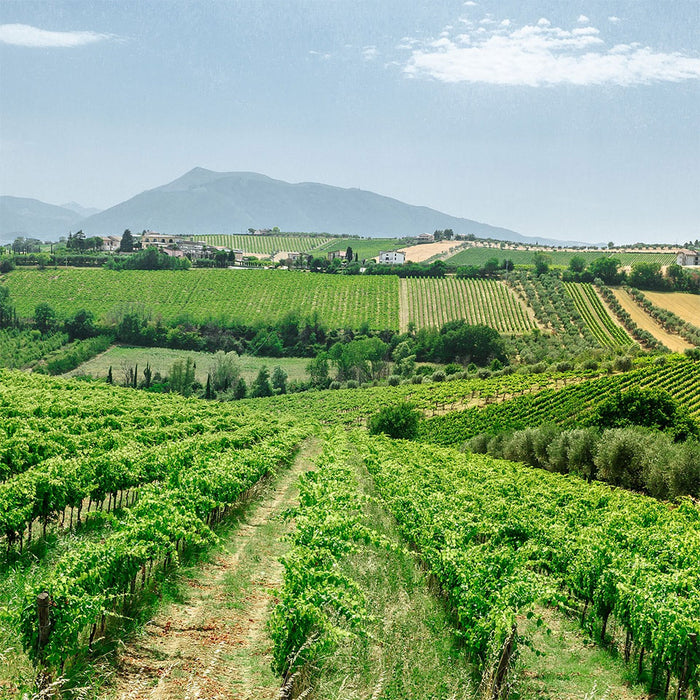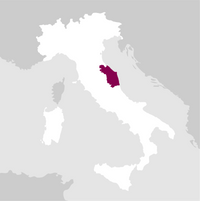Details

Perfume

Color

Taste
Serve at:
14 -16 °C.
Longevity:
05 - 10 years
Decanting time:
1 hour

Pairings
- Start up year: 1984
- Oenologist: Attilio Pagli, Filippo Carli
- Bottles produced: 2.500.000
- Hectares: 192
The heart of the company is located in the historic city of Ascoli Piceno, which is located in the region Marche at a distance of about 20 km from Adriatic Sea and at a height of 150/200 m above sea level.
The company's farms extend across the hills that surround the splendid valley of the Tronto river, which, thanks to its clayey and fertile soils, has always been suited to the cultivation of vines.
In addition to the four companies located in Ascoli Piceno, Castorano, Monsampolo del Tronto and Castel di Lama, there is a vineyard in the area of ??Ancarano (TE) and in the area of ??San Marcello (AN), between the Castelli di Jesi.
Since the beginning, the winery has achieved great success with journalistic criticism published in the most renowned national and international newspapers such as: W, Robert Parker, Red shrimp, Luca Maroni, AIS and many others.
This is why it is present throughout the national territory with the collaboration of 85 agencies and abroad where it is present in 52 nations both in Europe and in the rest of the world.
Production to date is approximately 2.500.000 bottles and the expectations certainly don't stop there. Read more


| Name | Velenosi Novello 2024 |
|---|---|
| Type | Red still |
| Denomination | Marche IGT |
| Vintage | 2024 |
| Size | 0,75 l |
| Alcohol content | 13.5% by volume |
| Grape varieties | Lacrima, Montepulciano |
| Country | Italy |
| Region | Marche |
| Vendor | Velenosi |
| Origin | Vineyards owned in the municipalities of Castel di Lama and Ascoli Piceno |
| Climate | Average altitude: 200-300 m. a.s.l. |
| Soil composition | Mainly clayey, tending to calcareous in Castel di Lama, medium mixture tending to sandy in Ascoli. |
| Cultivation system | Spurred cordon |
| Plants per hectare | 5400 |
| Yield per hectare | 110 q. |
| Harvest | By hand, in the early morning or late afternoon, in small boxes. |
| Wine making | The whole grapes are placed in hermetically sealed containers for 7 4 days at a temperature of around 30 °C, after saturation with carbon dioxide. A small part of the grapes, the bottom one, is crushed by the weight of the grapes above it. The must thus comes out and begins to ferment, thanks to the yeasts already present in the grapes, alcohol and carbon dioxide are produced; the latter saturating the environment favours intracellular fermentation with transfer from the skin to the pulp of the colouring pigments. At the end of the period in the tank saturated with carbon dioxide, the grapes contain far less acid than originally, and at this point the whole mass is crushed and placed in the fermentation vat where the transformation of sugars into alcohol finishes. |
| Allergens | Contains sulphites |



